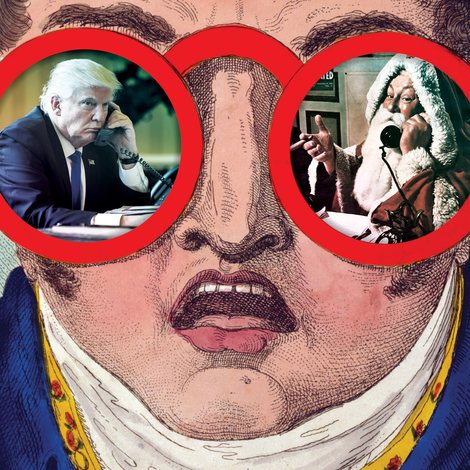Are you one of those who walk blithely by the floral paintings in museums with the same deep interest you devote to colonial fabric or silver plate? You won’t hurry past “Rachel Ruysch: Artist, Naturalist, and Pioneer,” a major exhibition of 35 still lifes that opens today at the Museum of Fine Arts, Boston. Each of these paintings presents a burst of brightness against a brooding dark background, and each is mysterious. Unlike so many women artists before and since, Rachel Ruysch was not a flower “born to blush unseen,” as Thomas Gray would have it.

She lived from 1664 to 1750, the granddaughter of a prominent architect and the daughter of a botanist and anatomist who kept a famed—and macabre—cabinet of curiosities at his home in Amsterdam. (The collection was eventually bought by Peter the Great and carted off to St. Petersburg.) While assisting her father, Ruysch learned to draw, in time developing a style that combined a taste for color—at once delicate and voluptuous—with a naturalist’s tactile curiosity. She went on to claim a place among the most prominent male artists of her day, becoming the first woman accepted as a member of the Confrerie Pictura painters’ guild, in The Hague. Ruysch enjoyed renown throughout an unusually long life, her pictures sought by noble houses and selling for prices that rivaled Rembrandt’s. She married, and somehow managed to raise 10 children, but as an artist she always kept her maiden name.
The Netherlands of the Dutch Golden Age was a rich country with networks of commerce that encircled the planet. Exotic flora and fauna were avidly collected and put on display. Look closely at Ruysch’s paintings of flowers—with insects and lizards and birds’ eggs tucked in—and you’ll see that the arrangements she presents as naturalistic could never have occurred in nature. Tulips, cacti, moths, pineapples, passionflowers, beetles, grapes, carrion flowers, butterflies, honeysuckle. These species come from different continents; they flourish in different climes and seasons.

Indeed, a single painting such as Forest Still Life with Stag Beetle and Nest is effectively a trip around the world compressed into a rectangle and would have startled the first people to see it. “That sensation is part of what we’re trying to recover,” said Anna C. Knapp, an M.F.A. curator and a co-editor of the catalogue Rachel Ruysch: Nature into Art, when we spoke recently at the museum. In the Boston show, specimen samples from Harvard University’s collections of plants and insects are mounted alongside Ruysch’s paintings.
The M.F.A. exhibition opens with a contemporary portrait of Ruysch, painted when she was 29 by the much older and more established painter Michiel van Musscher, 20 years her senior. It depicts Ruysch seated near a table, a palette in one hand and a flower in the other. A volume of botanical drawings lies open before her. A vase holds an arrangement of blossoms.

Portraits of female artists are rare from this period—but of Ruysch there are three. This one is in fact a collaboration between Musscher and Ruysch herself. Musscher painted the artist’s face and the room in which she sits. Ruysch stepped in to paint the flowers.
In effect, Knapp pointed out, the pairing of the two artists, older and younger, acknowledges Ruysch’s stature in a realm of her own creation. Like Tony Bennett touring with Lady Gaga? Knapp laughed and said, “Ruysch was not afraid to promote herself.”
“Rachel Ruysch: Artist, Naturalist, and Pioneer” is on at the Museum of Fine Arts, Boston, until December 7
Cullen Murphy is an editor at large at The Atlantic and the author of several books, including God’s Jury and Cartoon County

